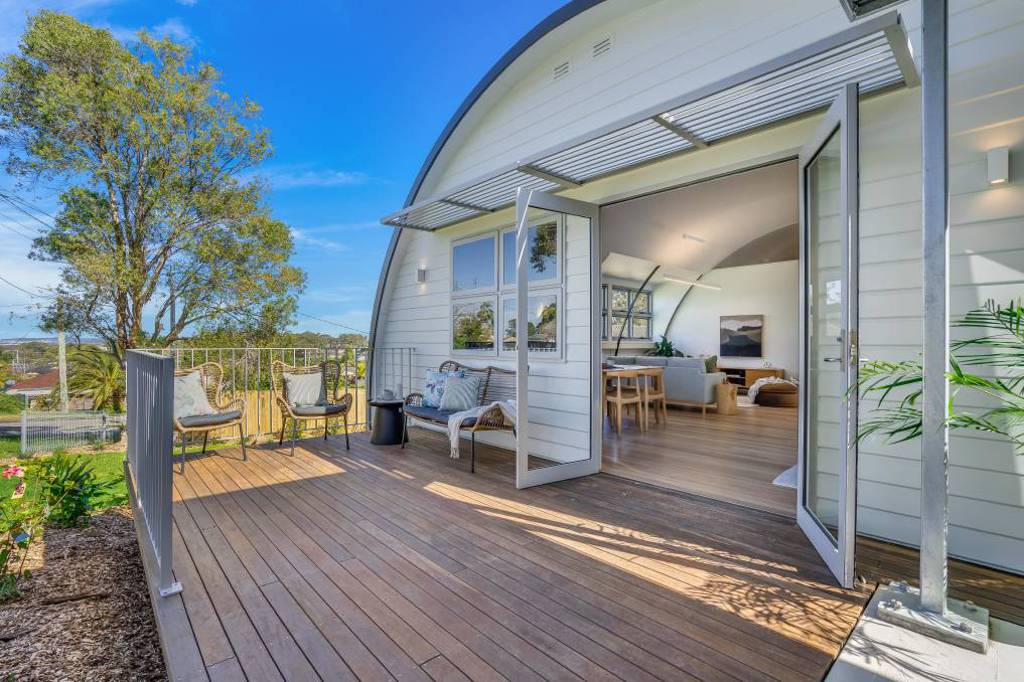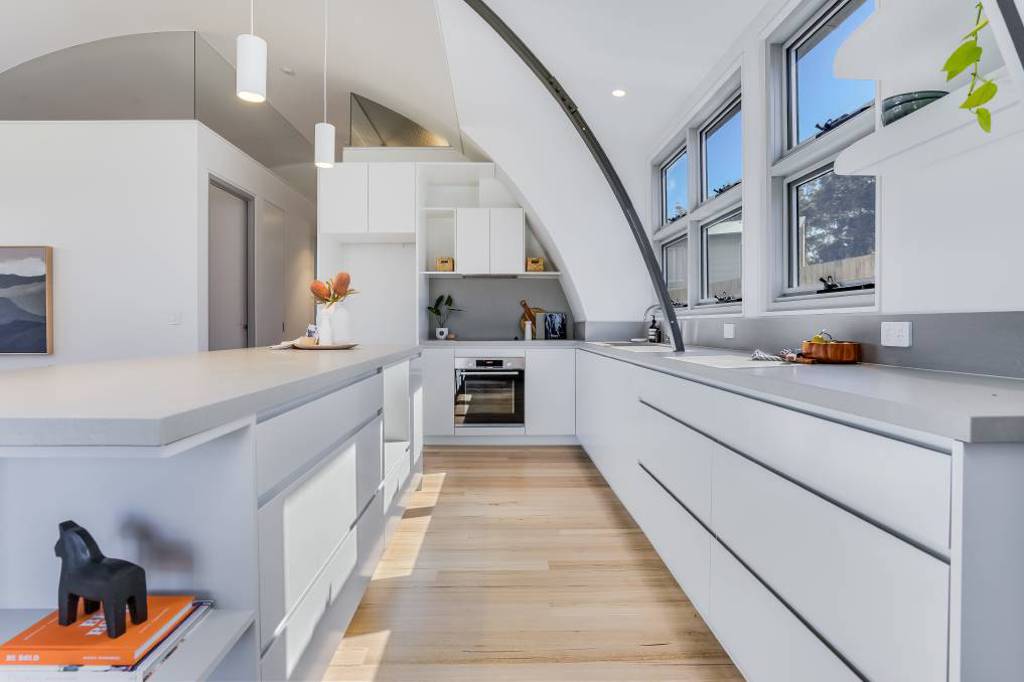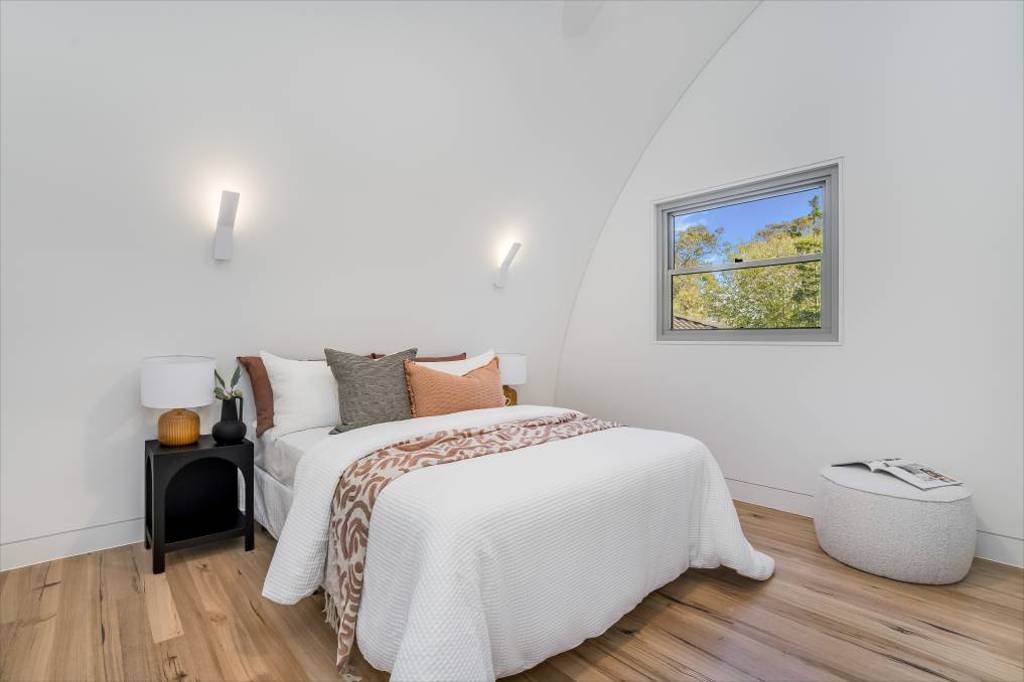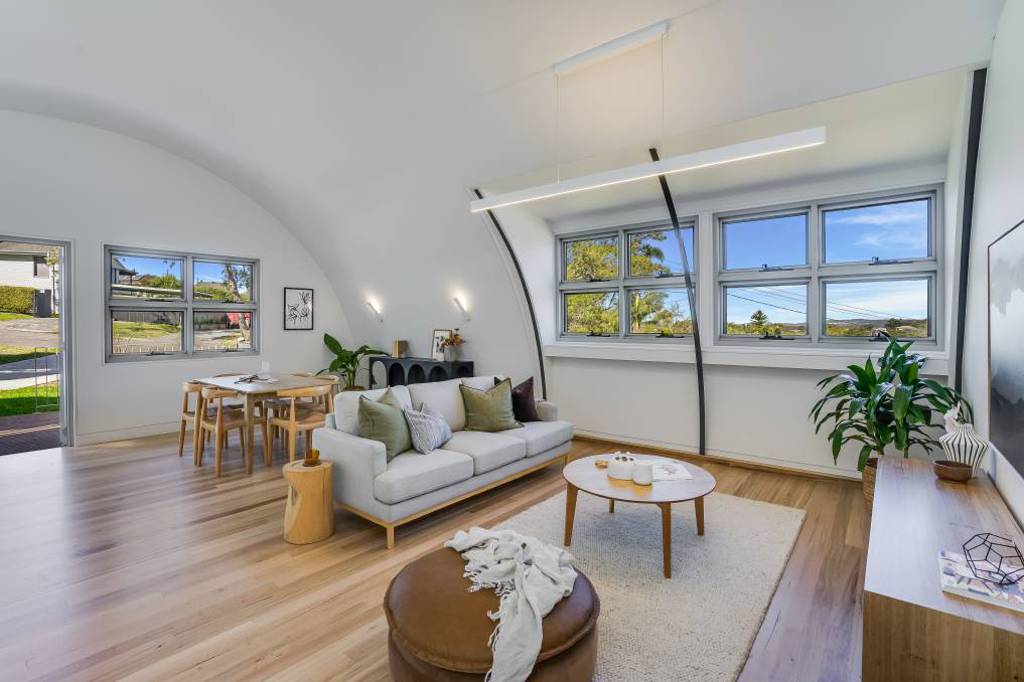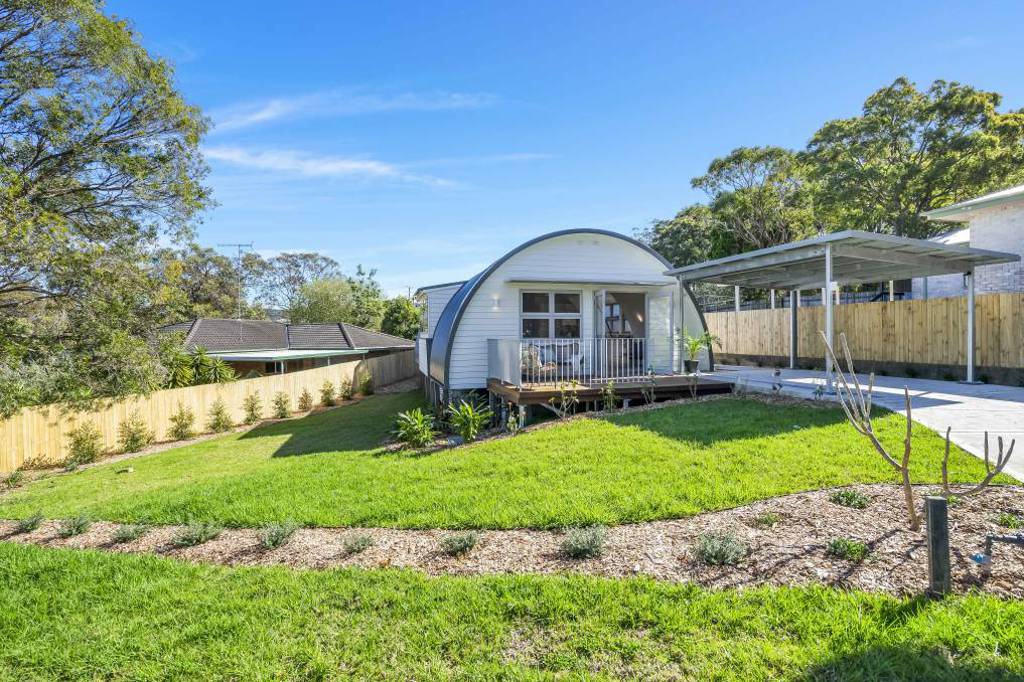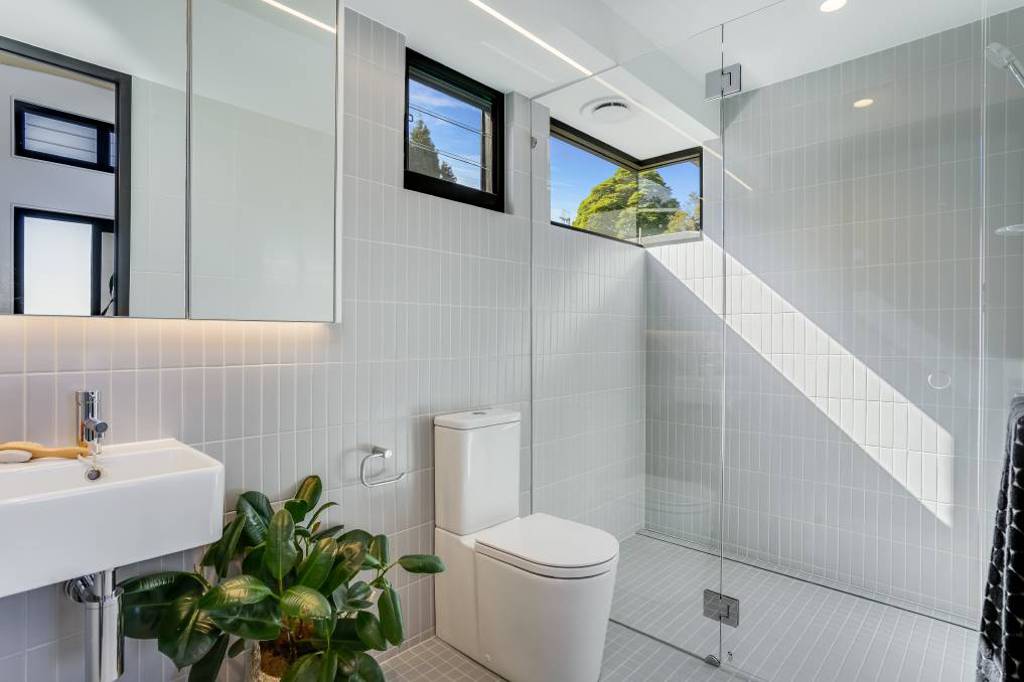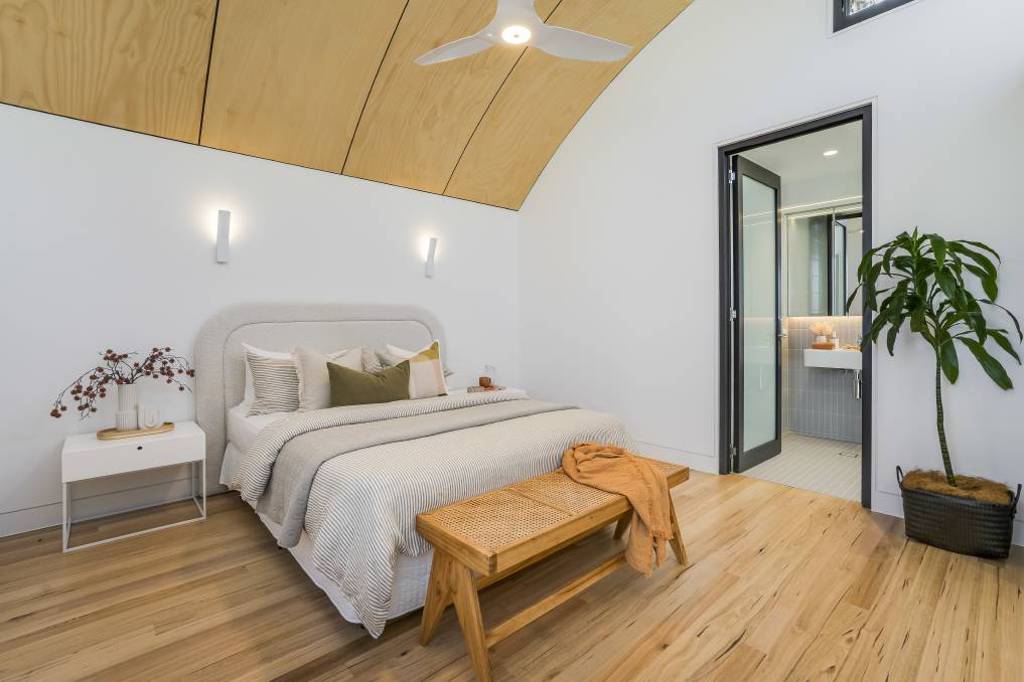Nissen Huts 101
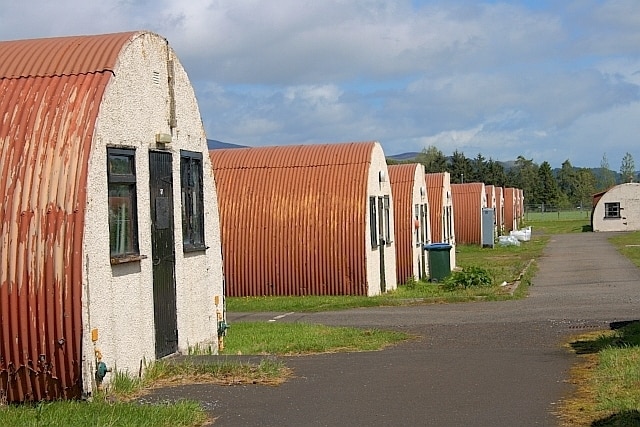
Sheet metal housing is quickly becoming a popular alternative to traditional stick-built homes. While there are many styles and options to choose from, many people are opting for Nissen huts. Nissen huts provide usable space, a unique aesthetic and resistance against extreme weather.
If you’re new to this building style, this guide will help you get familiar with what these huts are and their benefits.
What is a Nissen Hut?
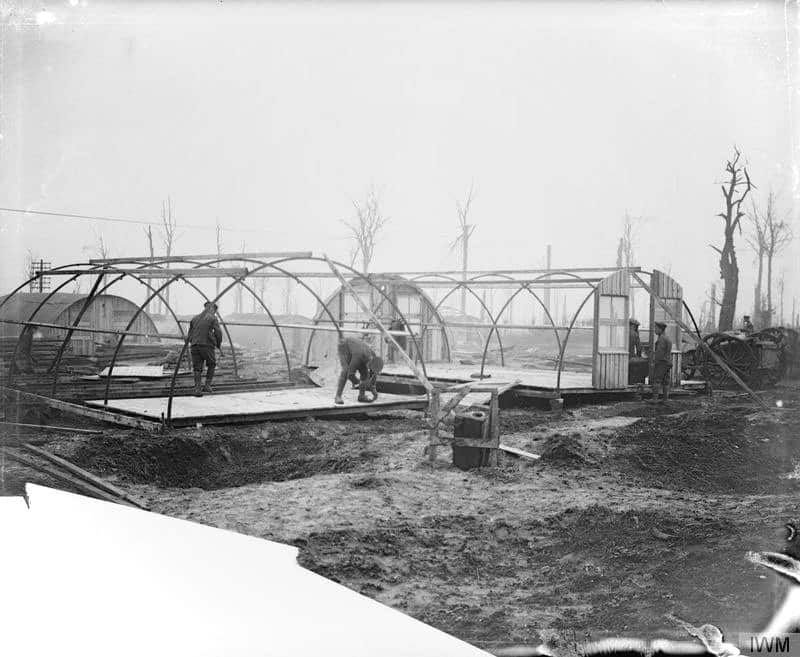
A Nissen hut is a prefabricated, half-cylinder building made of steel. Originally, these huts were designed for military use. They were used as barracks or aircraft hangars.
Major Peter Norman Nissen, an American-born, Canadian-British inventor and engineer, designed the Nissen hut during WWI. More than 100,000 were produced at this time. It was also used in WWII.
In WWII, Nissen huts were used in a wide range of applications, including accommodation, bomb stores, mess halls and churches. Although not perfect, they provided shelter to soldiers and others involved in the war.
The Nissen hut has a simple yet durable dome-like design. A sheet of metal is bent into a half-cylinder shape and placed horizontally onto the ground. The bottom of the hut curves slightly outward, and the exterior is created using corrugated steel sheets that are 10’6” by 2’2.”
The structure itself contained:
- Wooden bearers that were placed on level ground.
- Steel ribs bolted onto those bearers.
- Wooden joists that were secured to the bearers to support flooring.
- An inner lining of light corrugations.
- An outer layer of corrugations and covered ends.
The structure is easy to erect and can withstand extreme weather conditions thanks to its dome shape.
After WWII, many Nissen huts were converted into homes and other types of buildings.
The Benefits of a Nissen Hut
Nissen Hut Restoration from Australia (RealEstateView.com.au)
The Nissen hut offers many advantages:
- Quick and easy to build
- Resistant against high winds and other extreme weather conditions
- Easily portable to the building site
- Highly versatile – can be used for a variety of purposes
Whether you’re using it as a home, for storage or something in between, there are many advantages to choosing a Nissen hut. High durability, even in extreme weather, is one great benefit that everyone can appreciate.
Nissen Hut vs Quonset Hut
If you’re familiar with dome-shaped buildings, then you may have heard of the Quonset hut. Although similar in many ways, Nissen huts are different from Quonset huts.
For starters, both huts have different origins.
Yes, they were both designed primarily for military use during WWI and WWII. However, the Nissen hut was developed by the British and the Quonset hut was developed by the U.S. much later.
Here are some other notable differences between these two structures:
- Nissen huts have an internal framework, whereas Quonset huts have arched panels that are bolted together without the need for a framework. In this way, Quonset huts have a simpler construction.
- Nissen huts are generally smaller than Quonset huts and not quite as easy to expand.
- Quonset hut designs have evolved over time, while Nissen hut designs have remained largely the same.
Quonset huts are generally bigger and quicker to erect, but Nissen huts do have an internal framework that adds to their durability.
Both Nissen and Quonset huts are still in use today. In fact, many people are converting old Nissen huts into homes. The Zinc House in the UK is a prime example of how people are hopping on the Nissen hut trend.
What is it like to live inside a Nissen hut?
Check out this historical conversion known as The Zinc House.
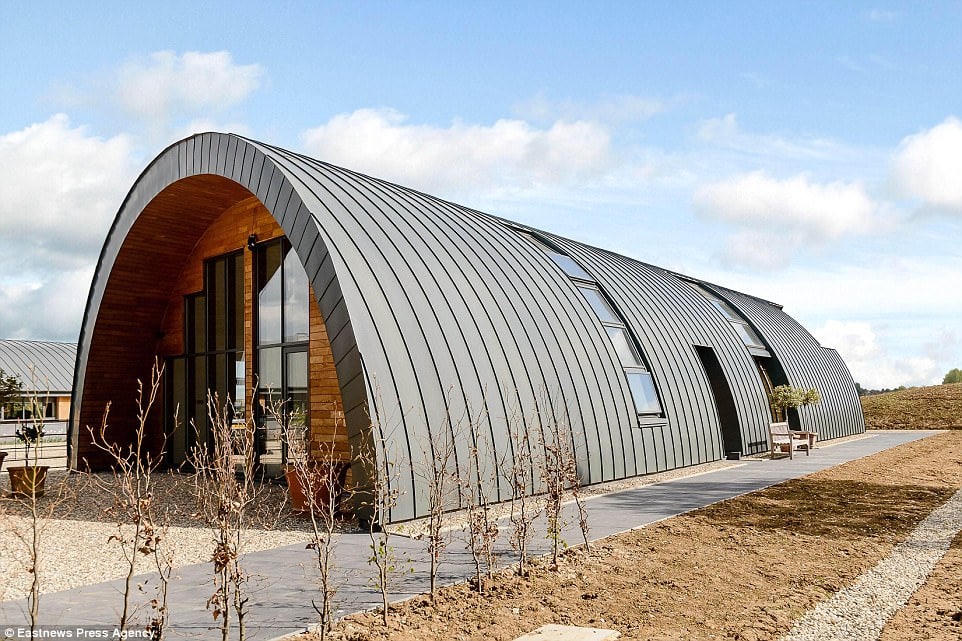
For more information on Nissen huts, check out the Wiki page: https://en.wikipedia.org/wiki/Nissen_hut


